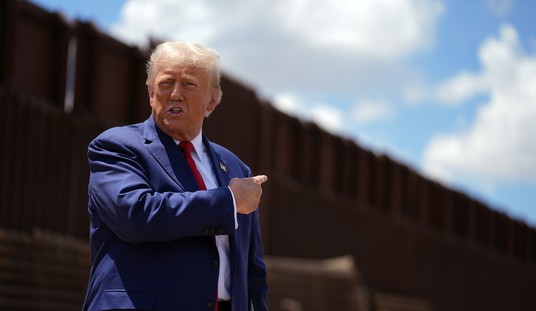The economic experts had anticipated the slowdown of the US economy to continue in the first quarter of 2015, after the 5.0% annualized real GDP growth in the 3rd quarter of 2014 slipped to 2.2% growth in the 4th quarter, with the consensus being +1.0% growth this past quarter. The bad news – it slowed down to 0.2%:
Real gross domestic product — the value of the production of goods and services in the United States, adjusted for price changes — increased at an annual rate of 0.2 percent in the first quarter of 2015, according to the “advance” estimate released by the Bureau of Economic Analysis. In the fourth quarter, real GDP increased 2.2 percent.
The Bureau emphasized that the first-quarter advance estimate released today is based on source data that are incomplete or subject to further revision by the source agency. The “second” estimate for the first quarter, based on more complete data, will be released on May 29, 2015.
The increase in real GDP in the first quarter primarily reflected positive contributions from personal consumption expenditures (PCE) and private inventory investment that were partly offset by negative contributions from exports, nonresidential fixed investment, and state and local government spending. Imports, which are a subtraction in the calculation of GDP, increased.
Reuters and the AP found creative ways to avoid using the “unexpectedly” word. First, Reuters’ lede:
U.S. economic growth braked more sharply than expected in the first quarter as harsh weather dampened consumer spending and energy companies struggling with low prices slashed spending, but there are signs activity is picking up.
Gross domestic product expanded at an only 0.2 percent annual rate, the Commerce Department said on Wednesday. That was a big step down from the fourth quarter’s 2.2 percent pace and marked the weakest reading in a year.
A strong dollar and a now-resolved labor dispute at normally busy West Coast ports also slammed growth, the government said. The weak growth, though probably temporary, reduces the chances of a June interest rate hike from the Federal Reserve.
While the Reuters dispatch did not offer any real evidence economic activity is actually picking up, they did mention economists’ claims that the weather in February knocked a half-percentage point off GDP growth, that the West Coast ports dispute knocked off 0.3 percentage point, and that the drastic 48% drop in spending on mining and drilling equipment was a result of “front-loading” the cuts into the first quarter.
The AP dispatch, while offering the same platitudes on actual GDP growth in the future, is more pessimistic on a closer read:
The government’s first look at economic growth for the first quarter, as measured by the gross domestic product, came as the Federal Reserve wrapped up two days of discussions on interest rate policies. While the economy can brush off the temporary factors behind the slowdown, it will have to contend with ongoing challenges like the strong dollar for some time….
The first quarter figure was much worse than economists had expected. But analysts are still looking for a solid rebound for the rest of the year, similar to what happened in 2014.
The economy contracted in the first three months of 2014, also due to a harsh winter. It was then followed by a strong rebound to growth of 4.6 percent in the spring and a jump of 5 percent in the third quarter.
Dan Greenhaus, chief strategist at BTIG, believes the first quarter will prove to be the year’s low point, though acknowledges that the momentum so far isn’t as strong as last year.
“Admittedly, the data does not yet support the type of snapback seen in 2014 but more growth is better than less and we expect that to occur this year,” he said in a note to clients.
Reuters and the AP did note that the change in private inventories contributed a rather high +0.74 percentage points to the change in GDP, and that, despite the spin in the BEA press release quoted above, personal consumption expenditures slowed down to an inflation-adjusted 1.9% increase, for an unmentioned +1.31 percentage-point contribution to the change in GDP. They, however, missed the big news on the personal expenditure front. Tom Blumer noticed that spending on health care posted its third consecutive quarter of +0.50-or-greater contribution to GDP change, providing a +0.62 percentage-point change this past quarter. That is nearly half of the entire PCE contribution to GDP change. I guess ObamaCare is not exactly bending the cost curve down.
One more item – lest one thinks the disappearing GDP growth is just an American problem, ShareCast (via Yahoo Finance UK) reported earlier this week that, at an unannualized +0.3% (or an annualized 1.2%) growth in the 1st quarter of 2015, Britian just had its worst quarter-on-quarter GDP growth since the 4th quarter of 2012.








Join the conversation as a VIP Member